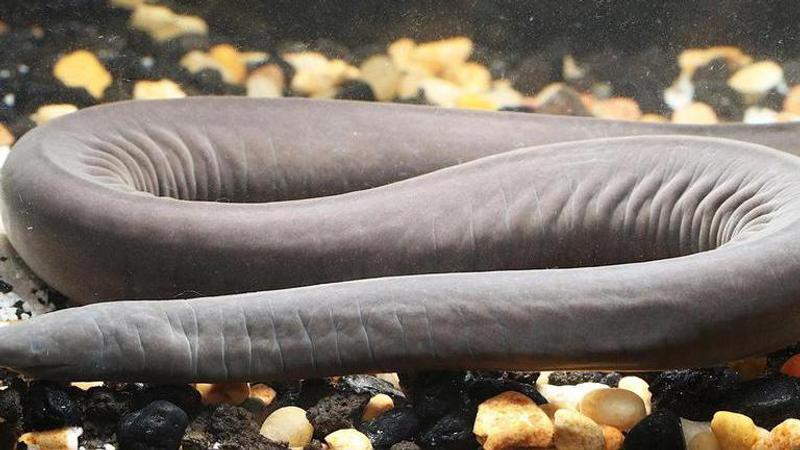Published 20:43 IST, August 1st 2021
Worm-shaped creature spotted in Florida; experts says it is ancient amphibian 'Caecilian'
The caecilian is the latest non-native species to be discovered in Florida, joining the ranks of pythons, green iguanas, and snakehead fish.

The Caecilian is the latest non-native species to be discovered in Florida, joining the ranks of pythons, green iguanas, and snakehead fish. Although it resembles a large worm, it is actually a different species of amphibian. Caecilians are found in Central Africa, Southeast Asia, as well as South and Central America. Before this discovery, they didn't occur any further north than southern Mexico in the Western Hemisphere.
The two-foot-long creature was found two years ago
Workers from the Florida Fish and Wildlife Conservation Commission rescued a bizarre 2-foot-long creature from the Tamiami Canal in southern Florida two years ago. It was submitted to Dr Coleman Sheehy, the herpetology collection manager at the Florida Museum of Natural History. After it died in captivity, its body was likewise sent to the museum.
Sheehy has since acquired additional caecilians found in the canal and hopes to perform fieldwork to assess their numbers and distribution in the area. The first specimen turned out to be a Typhlonectes natans, also called Caecilian, which is native to Venezuela and Colombia and is the most common pet species. Given this, Sheehy theorises that the Florida population is made up of unwanted pets that were dropped into the canal on purpose. He said that there is not a lot of information about these animals in the wild but they don't appear to be severe predators. They'll most likely consume tiny animals while being eaten by larger ones. It's possible that this is just another non-native species in the mix in South Florida.
More about Caecilians
Caecilians vary in size from a few inches to around 5 feet in length and can be found underground or in freshwater aquatic habitats. They all have weak eyesight. Scientists have discovered that the creature's liver cells may contain the secret to healing human cirrhosis and that it is the only amphibian known to have a poisonous bite in recent years. A study about Dr Sheehy's research was recently published in the journal Reptiles & Amphibians. Caecilians developed 100 million years before snakes, and according to New York Times, they may be the world's oldest venomous species.
Image- @FloridaMuseum/Facebook Image
Updated 20:43 IST, August 1st 2021




